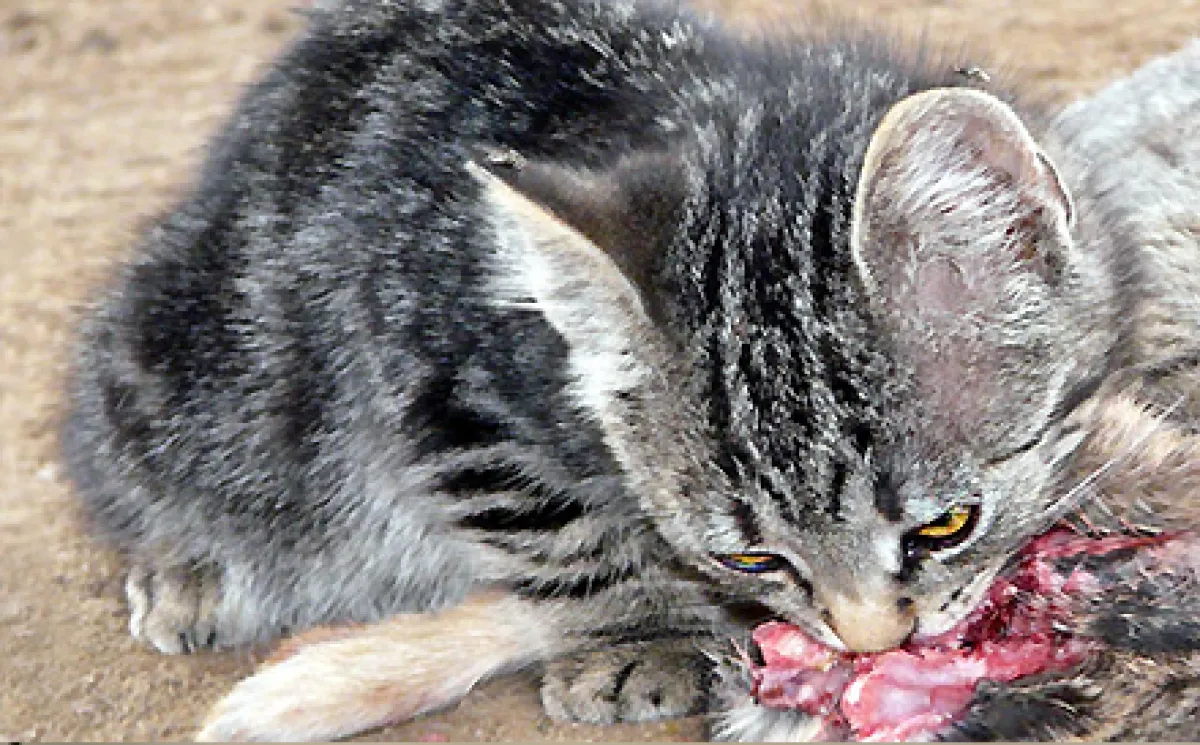Cats and foxes an unlikely aid to endangered island mammals

Cats and foxes are infamous for their negative impact on Australia’s native mammals. However, new research by Emily Hanna and Marcel Cardillo, published in Global Ecology and Biogeography, shows that in certain circumstances, their presence can actually help mammal survival. On islands with black rats, native mammal populations may have extinction rates of over 50%. However, when cats, foxes or dingoes are also present on the islands, extinction levels are approximately equal to that on islands without any introduced predators. This may be due to the phenomenon of “mesopredator suppression”, whereby larger predators suppress populations of black rats, limiting their negative impact on native species through predation, competition or disease.
This finding has important repercussions for feral species management. It is possible that if cats or foxes are eradicated on islands without controlling the black rats, the black rat populations could expand rapidly, increasing pressure on native mammal populations and possibly driving them extinct.
“Our research does not suggest that cats and foxes should not be controlled; rather, that it is important to balance the eradication of larger introduced predators with that of black rats,” say Hanna and Cardillo. “Given that at least eight species of native mammal that were once present on the mainland are now limited to island populations, we believe that understanding drivers of extinction on islands is crucial to conserving our remaining mammal species.”
This research was published in the journal Global Ecology and Biogeography.
Photo: Feral cat by Jake Berzon, via Wiki creative commons.
Related links
- Hanna E & Cardillo M. Island mammal extinctions are determined by interactive effects of life history, island biogeography and mesopredator suppression. Global Ecology and Biogeography.
- Feral cats help some endangered mammals survive, report says, The Sydney Morning Herald
- Australian cats and foxes may not deserve their bad rep, Science Now
